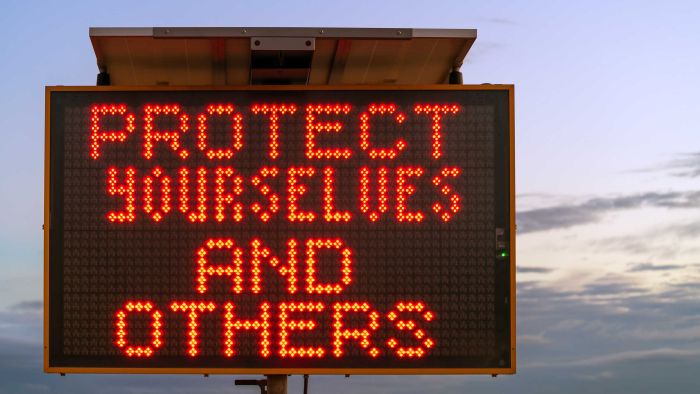As each day brings announcements of easing coronavirus restrictions, many Australians are feeling hopeful that life may soon return to normal — or some new version of that.
The National Cabinet has outlined a three-step plan to relax restrictions across the next several months.
By July, it’s hoped that the whole country will reach the most relaxed “stage three”, where people can return to work and gatherings of up to 100 will be allowed.
But with new cases of coronavirus still expected to emerge, and a potential vaccine at least 12 to 18 months away, what exactly does this ‘new normal’ look like — and how long will it last?
We want to avoid a ‘second wave’
Predicting what will happen next with coronavirus in Australia and around the world is an almost impossible task, said Katherine Gibney, an infectious disease physician and medical epidemiologist at the Doherty Institute.
“A whole range of scenarios are possible,” she said.
Australia’s plan to gradually ease restrictions, with states and territories going at their own pace based on local incidence and distribution of the disease, was designed to do exactly that, she said.
But it would only work with “ongoing buy in”” from all Australians, which means everyone following social distancing rules and maintaining personal hygiene.
Occasional outbreaks, such as the recent one at the Melbourne meat processing company at the centre of Victoria’s largest COVID-19 cluster, are likely to continue, she said.
This is why governments have scaled up COVID-19 testing, and bolstered the capacity of health authorities to trac

